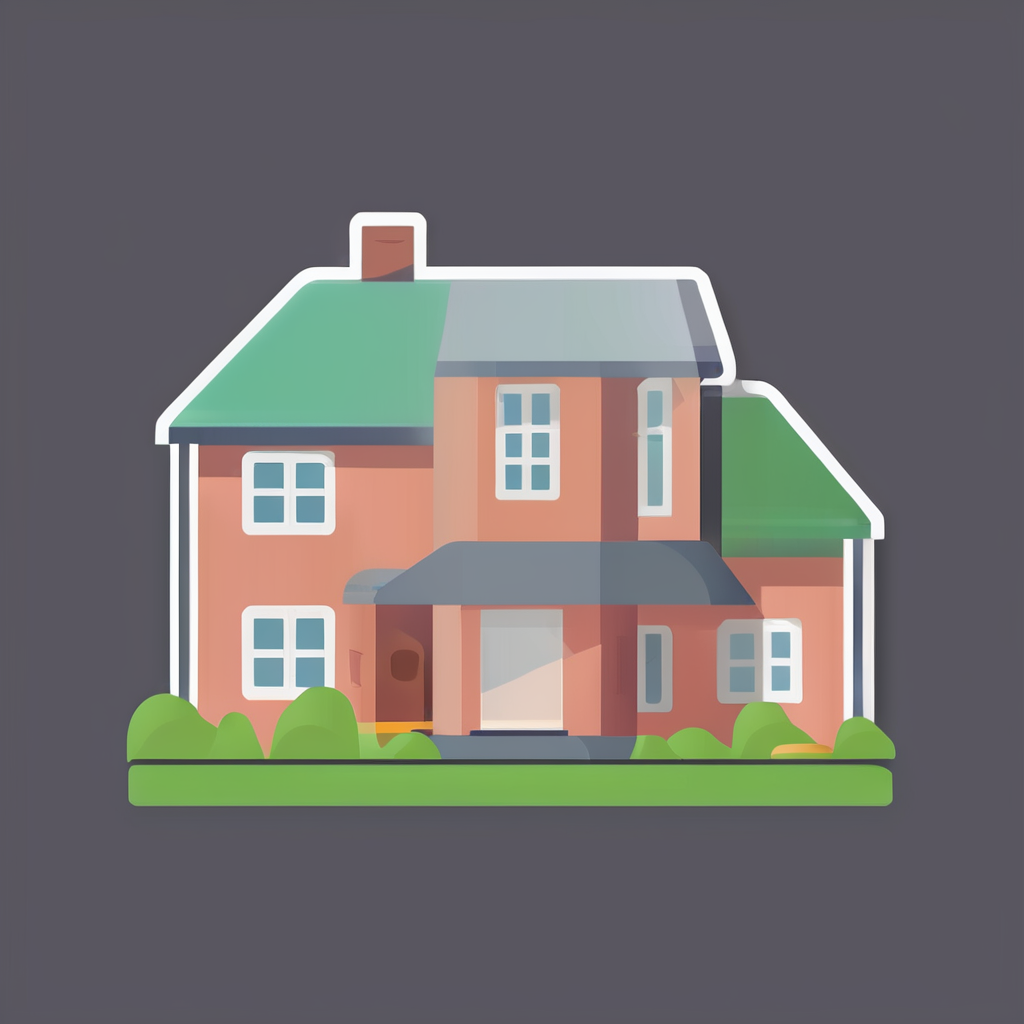Key considerations for selecting the ideal pool size in the UK
Selecting the right swimming pool size in the UK requires careful evaluation of multiple factors. Firstly, assessing your available garden space and property layout is essential. Measure the outdoor area accurately to ensure the pool fits comfortably without obstructing other garden features or access paths. This avoids costly redesigns later.
Next, factor in current and future family needs. If planning a home pool for a growing family, consider not just the present but potential uses as children grow or guest numbers increase. A pool that is too small might limit enjoyment, while an excessively large one can result in unnecessary maintenance costs.
This might interest you : Is Investing in a Home Swimming Pool Worthwhile in the UK?
Lastly, clarify the intended pool usage. Are you focusing on leisure, fitness, or a combination? Leisure pools might prioritize relaxation areas and have more playful dimensions, while fitness pools require lengths suitable for swimming laps—often at least 10-12 meters. Combining both functions can shape the pool’s dimensions and depth variations.
By integrating these crucial points, homeowners can confidently approach home pool planning with realistic expectations, ensuring their investment matches lifestyle and space constraints effectively.
Additional reading : What Are the Potential Drawbacks of Building a Home Swimming Pool in the UK?
Common swimming pool sizes and typical UK options
When considering standard UK pool sizes for a home, three main types emerge: plunge pools, lap pools, and standard recreational pools. Each offers distinct advantages and fits different spaces and needs.
Plunge pools are compact, typically ranging around 3m x 2m. These are ideal for small gardens or urban backyards, providing a refreshing spot without requiring extensive space. Their size limits lap swimming but excels in relaxation and cooling off.
Lap pools usually measure about 8m to 12m in length and around 2.5m wide, catering to swimmers focused on fitness or training. Maintaining consistent dimensions helps with stroke patterns and endurance building. Despite being narrower than larger pools, lap pools maximize space efficiency.
The most common domestic pool dimensions are standard recreational pools, often between 6m to 10m long and 3m to 5m wide. These accommodate family activities, leisure swimming, and occasional exercise. They balance usability and installation costs while fitting many UK properties.
Understanding these UK pool options helps homeowners choose a pool size that suits their garden, lifestyle, and budget, ensuring both enjoyment and functionality.
Impact of UK climate and regulations on pool size
The UK climate significantly influences decisions about pool size and related features. Due to cooler temperatures and frequent rainfall, the usable pool season is shorter than in warmer regions. This makes it essential to plan for pool heating and covers to extend swimming opportunities. A well-chosen heating system can maintain comfortable water temperatures, while covers help conserve heat and reduce maintenance.
Adapting to the weather means considering options like insulated pool covers or automated systems that retain heat overnight. Some homeowners also install pool enclosures, which protect from rain and wind, further improving usability throughout the year. These adaptations can greatly enhance the practicality and enjoyment of pools in the UK.
It is also crucial to comply with UK pool regulations during the planning phase. Building codes often dictate safety requirements, fencing, and permissions, especially for larger or in-ground pools. Local authorities may require permits that consider the impact on surrounding properties and environmental factors.
By understanding these elements—swimming pool climate adaptation, heating solutions, and regulations—pool owners can optimize their investment while ensuring legal compliance and year-round comfort in a challenging climate.
Matching pool size to budget and maintenance requirements
Choosing the right pool size goes beyond aesthetics—it directly impacts pool size costs and long-term expenses. Larger pools typically mean higher construction and installation costs due to more extensive groundwork, materials, and labor. Additionally, a bigger pool increases pool running costs, including water, heating, and equipment operation.
When considering swimming pool maintenance UK, keep in mind that bigger pools demand more chemicals and energy, raising your monthly upkeep expenses. Budget planning should factor in these ongoing costs, which can sometimes surpass initial installation outlays. For example, a 10m by 5m pool might significantly increase your annual maintenance compared to a smaller, 6m by 3m pool.
Balancing size aspirations with affordability requires assessing not only your available budget but also your willingness for regular pool maintenance UK. Smaller pools reduce both pool size costs and maintenance effort, offering a practical yet enjoyable solution. It’s crucial to weigh the joy of a larger pool against potential financial strain and upkeep demands to ensure sustainable ownership.
Expert tips and real-world examples for UK pool sizing
When considering pool design advice UK, one essential insight from experts is tailoring pool size to both space and lifestyle. For instance, a family in Surrey opted for a 10m by 4m pool, balancing leisure swimming and space constraints. This example highlights how UK homeowners often prioritize pools that fit garden size without overwhelming outdoor areas.
Professional recommendations for UK pools suggest measuring available space carefully while factoring in local climate impacts. Experts advise leaving at least 1m of clearance around the pool for maintenance and safety. Custom situations, such as smaller urban gardens, benefit from compact designs or plunge pools, ensuring usability without sacrificing aesthetics.
Avoiding common mistakes in pool sizing involves not underestimating depth variation or ignoring future usage. For instance, a pool designed solely for children may not suit adults’ exercise needs later, calling for flexible depth zones. Common pitfalls include ignoring planning permissions or opting for standard sizes that don’t complement the property’s layout.
By studying real swimming pool examples across the UK and applying expert insights UK pools, homeowners can make well-informed decisions, avoid costly errors, and achieve a practical, beautiful pool that fits their unique requirements.






